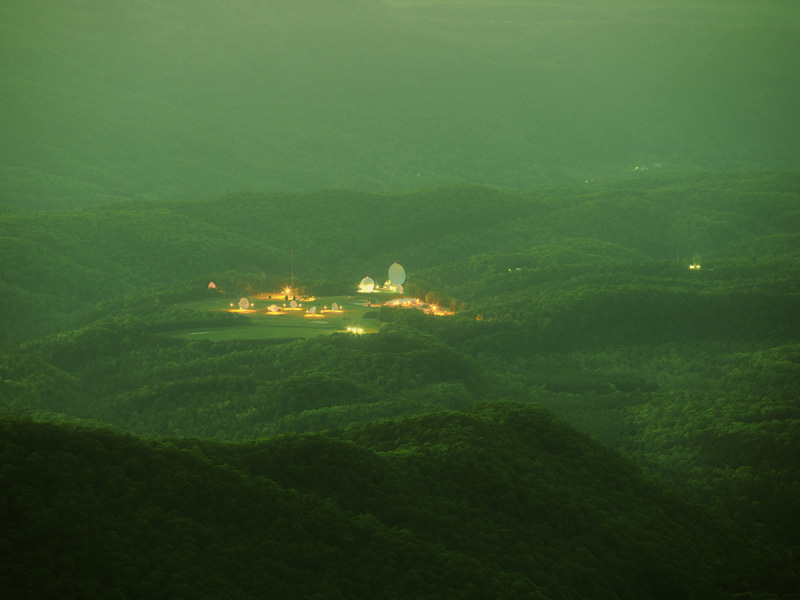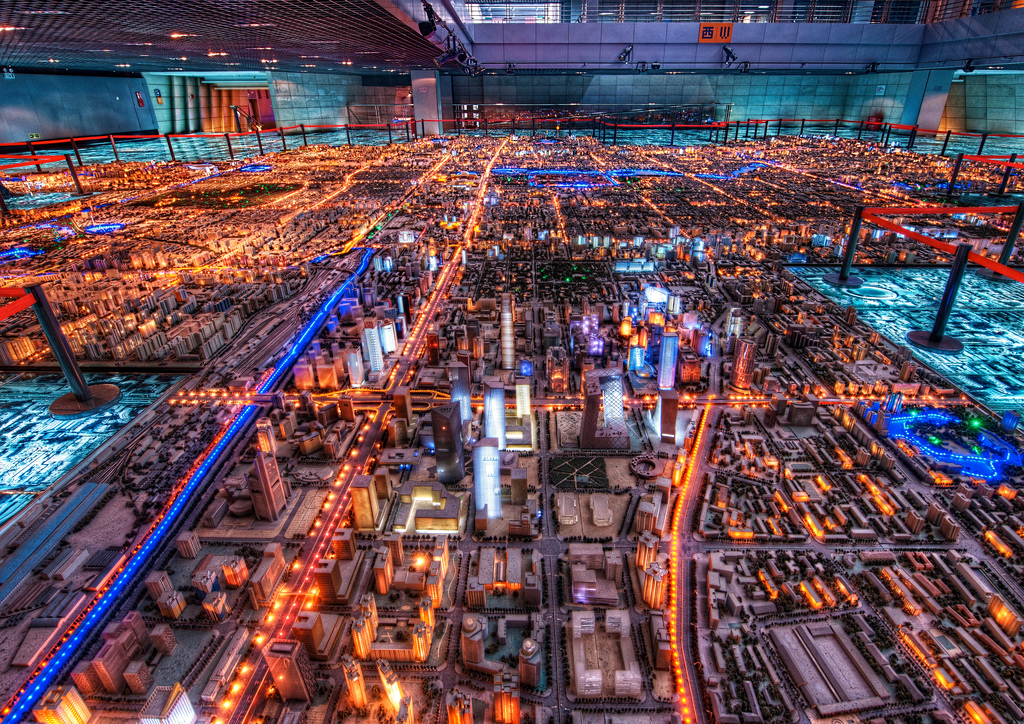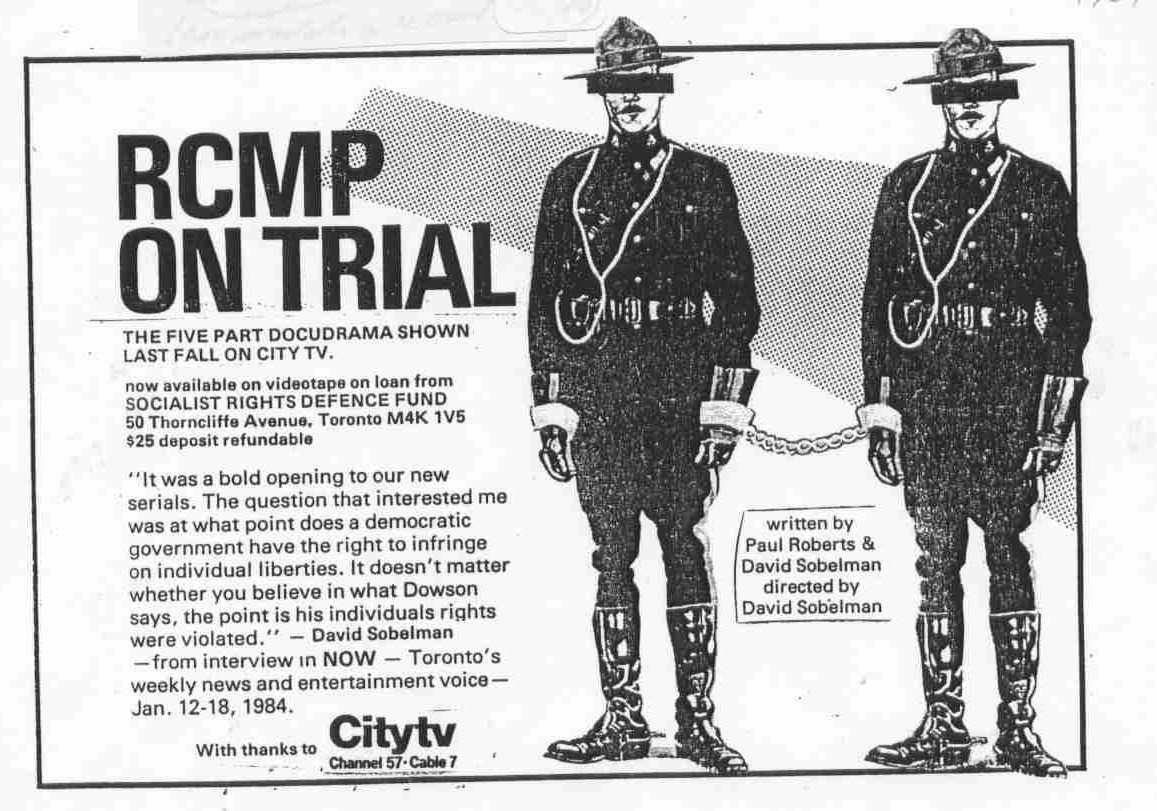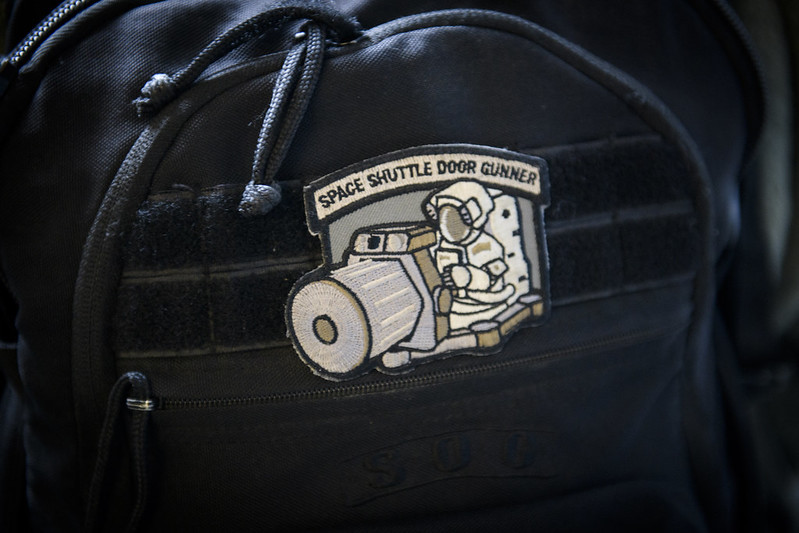In Part One of this article I discussed some of the concerns about American security agencies like the FBI and NSA. In what follows I address how a few artists have approached mass surveillance.
Art has long been a medium to critique society. In 1937 Pablo Picasso depicted the horror of Nazi supported bombings of the Basque town of Guernica during the Spanish Civil War. Popular street artists like Banksy and Shepard Fairy have both used street art as a way to critique mass surveillance programs, unchecked military build up, and a lack of transparency in Government.
A wide variety of lesser known artists have also begun to critique surveillance, notably the New York Surveillance Camera Players who have performed plays based on 1984, Animal Farm, and The Raven in public areas across North America. In one play entitled “OK Officer” a group of people hold up signs to surveillance cameras that read:
Just going to work
Just getting something to eat
Just going shopping
Just sightseeing
Going home now
This play was designed to make the point that mass surveillance will invariably gather information that is not relevant to security concerns, and further that the average person who is not doing anything wrong can still be a target of suspicion by authorities.
Hasan Elahi, an associate professor from the University of Mayland was falsely detained and accused of terrorism, and subsequently uploaded over 48,000 photos of himself and everywhere he went onto his personal website. By publically providing more information about what he was doing than security agencies could ever know about him he devalued their information.
Both information and privacy are inherently valuable, and within the context of uncertain security threats post 9/11 the negotiation between which to value more is quickly becoming a falsely presented choice between safety and privacy. Because these agencies operate in almost total secrecy, it is difficult for many people to clearly delineate between what they think is acceptable to achieve safety, and what crosses a line. It therefore becomes difficult to declare an agency to be in the wrong, when relatively little is known about what they do. However, in the brief periods where their actions are revealed they are momentarily exposed to scrutiny.
Enter Trevor Paglen.
Paglen is a photographer based out of California who has made a name for himself capturing invisible institutions where they “intersect with the visible world.” In other words, he beautifully photographs top-secret black sites, surveillance drones, and high profile cases like Chelsea Manning’s trial last year. His art freezes these institutions, which serves to expose their visible moments further. Typically his photography involves extreme close ups of existing material, zoomed in images of distant buildings, or long exposure shots to capture movement that would otherwise be invisible to the naked eye.

By pushing telescopic lenses to their limits, Paglen often creates an image that can be difficult to understand. Blurriness and image distortion are common aesthetics to his work, but they serve an allegorical function as well. He has noted that while he has been invited by some scientists to use their adaptive optics systems, which would take into account thermal fluctuations over great distances, the result would be a clear picture of a building, which Paglen explains “says a little less” than a blurry one. In fact, a distorted picture provides the perfect metaphor for the covert government activity he is attempting to capture.
Despite intentionally using unclear images, Paglen’s art, somehow makes these institutions all the more real. Of course their impact certainly is, but because they often remain hidden from public view they fall in and out of the public consciousness depending on the media’s flavour of the week. By keeping the topic of mass surveillance in the minds of Americans (or anyone else across the globe who is a part of the global monitoring project, for that matter) he forces discussions about what limits should be in place, how much transparency should be expected, legal requirements to tap into private or personal information, and generally what privacy means in the 21st Century. These discussions need to happen broadly in society if we expect governments to develop policies that match their publics’ values.
Artists therefore can play a monumental role in facilitating public discourse about controversial topics. Of course the responsibility to promote discussion does not rest solely with artists, but film, television, music, photography, paintings, street art, and theatre all provide a platform that will connect different audiences to topics they may have otherwise never considered. It is rare for individuals in the world of security to analyze the role of art, but security is fundamentally grounded in human interaction intersecting with changing environments. Art provides a bridge to assist people’s opinions in fluctuating contexts, and therefore is incredibly pertinent to contemporary discussions of how to achieve security in the 21st Century.





